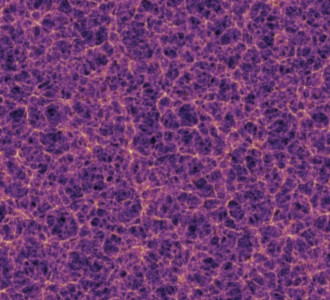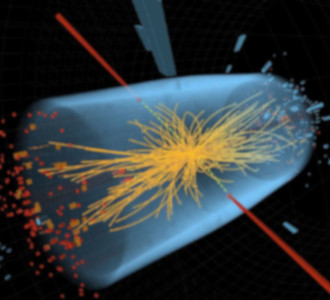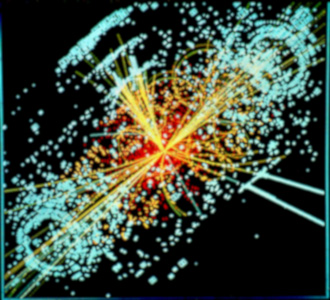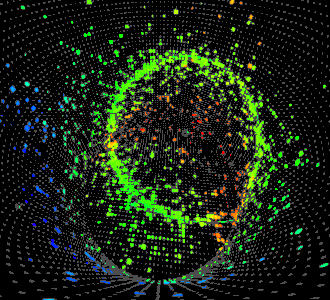Home
AHEP: Astroparticles and High Energy Physics Research Group
We are a research group performing research on theoretical, phenomenological and observational aspects of Astroparticle and High Energy Physics. We are part of the the Institute of Corpuscular Physics (IFIC, a mixed center of the University of Valencia and the Spanish National Research Council (CSIC).
Research

Particle cosmology
Neutrino cosmology, including the analysis of the cosmological bounds on neutrino properties and the study of neutrino physics solutions to cosmological puzzles.

New physics at the LHC
Research models with extended gauge groups and/or extra dimensions, with and without supersymmetry.

Underpinning the origin of neutrino mass
Neutrino mass, its characteristic scale and impact on particle physics.

Neutrino properties and the nature of neutrinos
Analyse current and upcoming neutrino experiments probing their mass hierarchy, CP violation and the atmospheric octant.
News & Positions
Knowing Your Place
Crosstalk and transitions between multiple spatial maps in an attractor neural network model of the hippocampus: Phase diagram R. Monasson and S. Rosay Phys. Rev. E 87, 062813 (2013) Published June 20, 2013 Researchers at the École Normale Supérieure in Paris have simulated the behavior of networks of “place cells” that store memories of location and spatial maps in the brain. In additional to revealing that some noise (but not too much) in the network can improve its storage capacity, the authors find that encoding too many spatial maps in the network may cause the memories to slip away entirely. ...
Tabletop Particle Accelerator
Synopsis: Tabletop Particle Accelerator NASA Chandra X-Ray Observatory/Harvard-Smithsonian Center for Astrophysics Table-Top Laser-Based Source of Femtosecond, Collimated, Ultrarelativistic Positron Beams G. Sarri, W. Schumaker, A. Di Piazza, M. Vargas, B. Dromey, M. E. Dieckmann, V. Chvykov, A. Maksimchuk, V. Yanovsky, Z. H. He, B. X. Hou, J. A. Nees, A. G. R. Thomas, C. H. Keitel, M. Zepf, and K. Krushelnick Phys. Rev. Lett. 110, 255002 (2013) Published June 20, 2013 Black holes and pulsars emit dense jets of particles that are made of electrons and positrons (the antiparticle of the electron). But many important and basic features of the jets remain unclear: What is their precise particle makeup? How much energy do they contain? How do the particles in the jets interact in the low-density environment of outerspace? The main difficulty in answering these questions is that astronomical systems can only be measured indirectly: the closest jet is almost 1024 miles away. As Gianluca Sarri from The Queen’s University of Belfast, Northern Ireland, and colleagues report in Physical Review Letters, a new tabletop method for generating electron-positron streams could bring measurements closer to home by enabling the scaled-down reproduction of matter-antimatter flows in the lab ...
How to Learn a Language Quickly
Simulations show that you can learn the meaning of words rapidly if you assume that every object has only one word associated with it. How to Learn a Language Quickly ...
Atomic Interactions at a Distance
Atomic Interactions at a Distance Simulations show that you can learn the meaning of words rapidly if you assume that every object has only one word associated with it. ...
